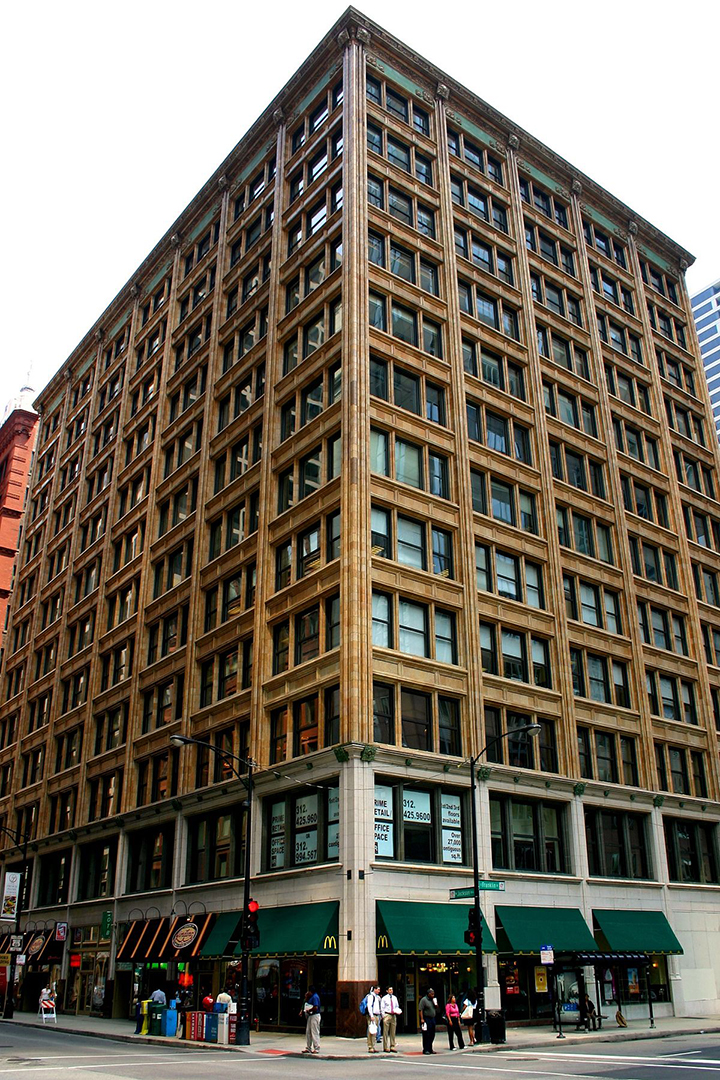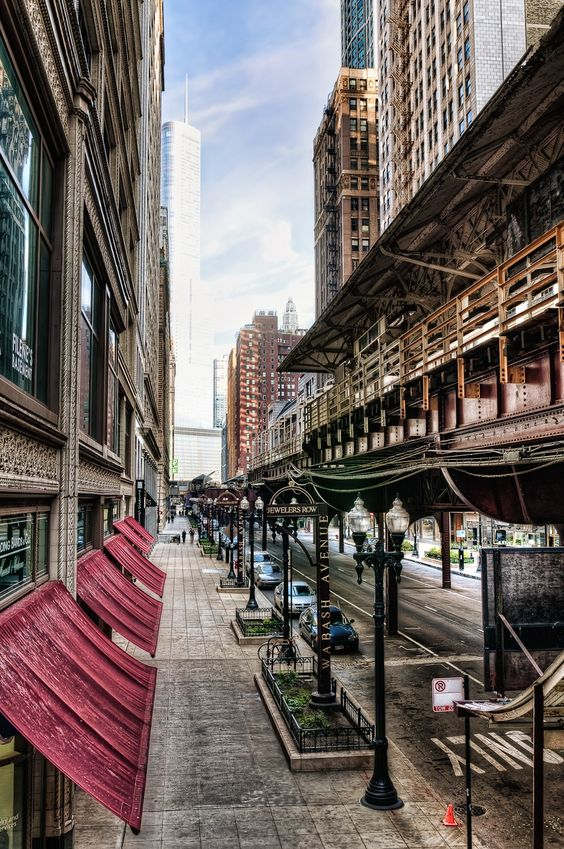
Chicago School
It is assumed to distinguish in the history of art not only the styles but also the directions that appeared in this or that city (country) because of certain political, social and economic reasons. One such branches is the Chicago Architecture and Design School, which flourished in the 1880s and the 1900s.

What exactly did the architects of Chicago in those years? First, they formulated the main thesis of architecture throughout the twentieth century – "the form follows the function". Secondly, of course, they worked with the form of a skyscraper, which was represented as a simple multi-tiered metal structure (framework), lined with brick and stone and richly decorated with ornaments on ceramic, stone and cast-iron elements. In those years, the brightest representatives of this direction – Louis Sullivan, Daniel Burnham and Dankmar Adler built offices and multi-apartment residential buildings, where they designed the interiors.

The main principles (both decorative and conceptual) of the Chicago architecture of the late 19th century were reflected in the interior design in rationality, chastity and at the same time in love for decorative elements. And, of course, mind that it was the Chicago school that gave birth to the organic architecture that design studios in Kiev and the whole world love so much.

Signs of the architectural school:
- multi-storey buildings;
- simple, clear forms;
- vertical lines;
- large rectangular windows;
- facing of walls with a brick;
- ornamental decoration;
- magnificent decor of cast-iron constructions